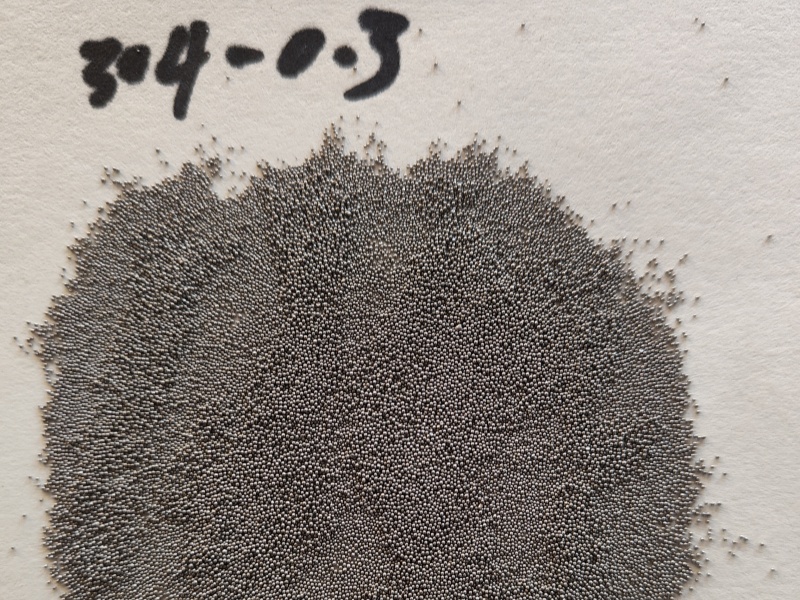Hotline
+86-136 8495 9862
Email:cennia@szmizhi.com
Add::104,Building 27,Third Industrial Zone, Longxi Community,Longgang District,Shenzhen,China.
Coil Forming & Handling Equipment
Surface Treatment Equipment
Solutions
Application
About Us

Welcome to MIZHI
For consultation/feedback, please call the service hotline: +86-136 8495 9862 Email:cennia@szmizhi.com

Can you explain the role of surface roughness in fatigue strength?

Surface roughness plays a critical role in determining the fatigue strength of a material. Fatigue strength refers to the ability of a material to withstand cyclic loading without failure. Here's how surface roughness impacts fatigue strength:
1. Stress Concentration
Surface Imperfections: Rough surfaces have microscopic peaks and valleys that act as stress concentrators.
Crack Initiation: These stress concentrators can become initiation points for cracks under cyclic loading, reducing the material's fatigue life.
Smooth Surfaces: A smoother surface reduces stress concentrations, making it less likely for cracks to form and propagate.
2. Crack Propagation
Rough Surfaces: Cracks tend to propagate more easily along rough surfaces due to the presence of micro-notches and irregularities.
Smooth Surfaces: A polished or smooth surface slows down crack propagation, enhancing fatigue strength.
3. Surface Integrity
Residual Stresses: Surface treatments like shot peening can introduce compressive residual stresses, which improve fatigue strength by counteracting tensile stresses that cause crack initiation.
Surface Defects: Rough surfaces may have defects like scratches or pits, which can act as crack initiation sites.
4. Material Properties
Hardness and Toughness: Materials with higher hardness and toughness are less sensitive to surface roughness, but even these materials benefit from smoother surfaces.
Ductile Materials: Ductile materials are more prone to fatigue failure due to surface roughness compared to brittle materials.
5. Environmental Factors
Corrosion: Rough surfaces are more susceptible to corrosion, which can further reduce fatigue strength by creating additional stress concentrators.
Lubrication: In applications involving friction, smoother surfaces improve lubrication and reduce wear, indirectly enhancing fatigue strength.
Improving Fatigue Strength Through Surface Treatment
Shot Peening:
Introduces compressive residual stresses on the surface, improving fatigue strength.
Reduces the effect of surface roughness by smoothing out micro-notches.
Polishing:
Creates a smooth surface, reducing stress concentrations and crack initiation sites.
Grinding and Machining:
Produces a finer surface finish, enhancing fatigue resistance.
Coatings:
Protective coatings can smooth out rough surfaces and provide additional resistance to crack initiation.
Conclusion
Surface roughness significantly impacts fatigue strength by influencing stress concentrations, crack initiation, and propagation. Smoother surfaces, achieved through treatments like shot peening, polishing, or grinding, enhance fatigue strength and extend the lifespan of components subjected to cyclic loading.
If you need more details or specific examples, feel free to ask!